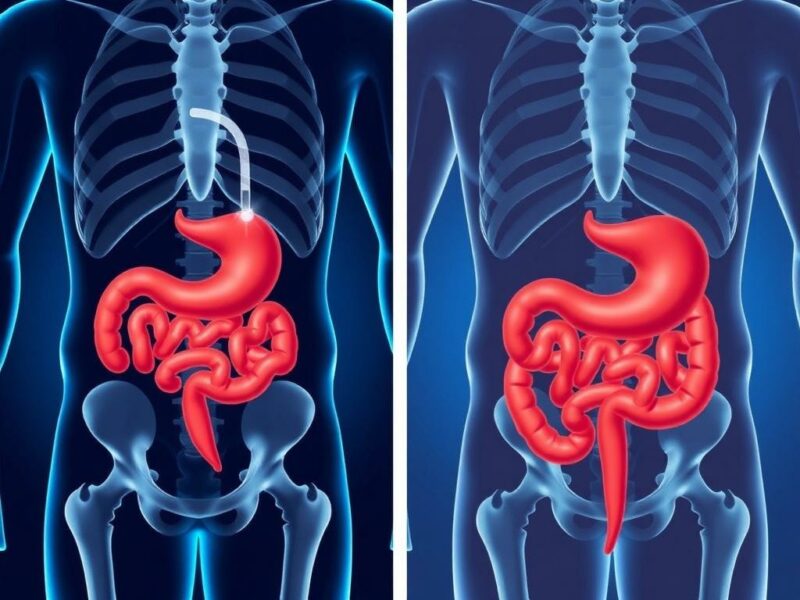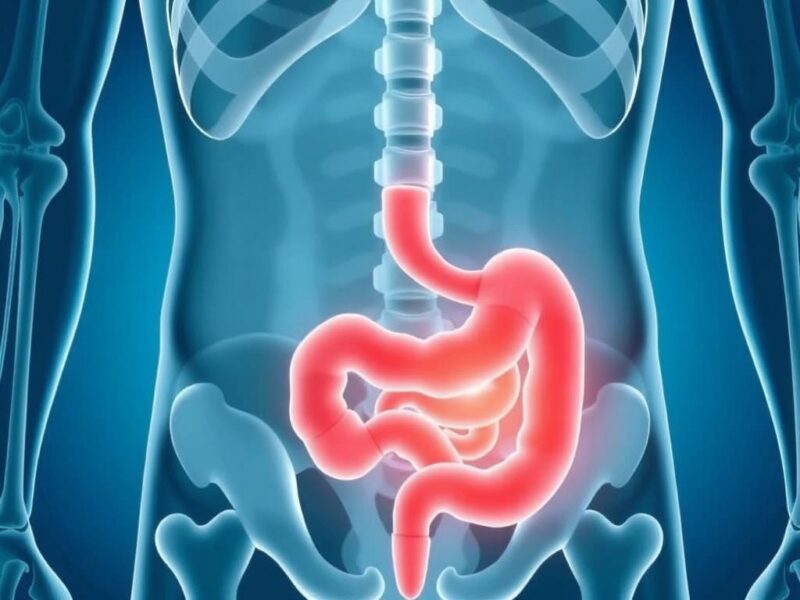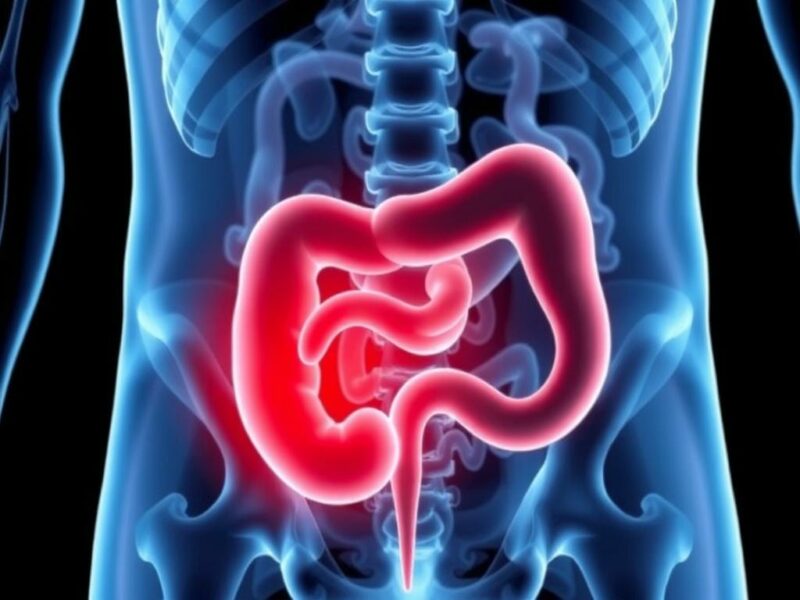Appendicitis is a common condition that many people recognize by its classic symptoms: sharp pain in the lower right abdomen, nausea, and fever. But not everyone experiences appendicitis in the same way. Atypical appendicitis symptoms can confuse patients and healthcare providers alike, often leading to delays in diagnosis and treatment. Understanding these less typical signs is crucial, especially because appendicitis can quickly progress to a serious condition like a ruptured appendix if left untreated.
In this article, we’ll explore the nature of atypical appendicitis symptoms, how they differ from classic presentations, and what you should watch out for. We’ll cover why symptoms vary so much, the challenges in diagnosing atypical cases, and how doctors manage these situations. By the end, you’ll have a clear understanding of this important medical topic and be better prepared to recognize appendicitis, even when it doesn’t follow the textbook.
What Is Appendicitis and Why Does Symptom Variation Matter?
Appendicitis refers to inflammation of the appendix, a small tube attached to the large intestine. Typically, appendicitis symptoms are fairly straightforward—starting with abdominal pain near the belly button that later shifts to the lower right side, accompanied by nausea, vomiting, and sometimes fever. These are the “classic” symptoms that most people associate with appendicitis.
However, in many cases, appendicitis doesn’t present so clearly. Atypical appendicitis symptoms can vary widely depending on factors like age, gender, and even the position of the appendix within the abdomen. Because these non-classic symptoms can mimic other conditions, many individuals don’t receive prompt treatment, which increases the risk of complications.
Understanding atypical appendicitis symptoms is especially important for several groups:
- Children, who may have trouble describing their symptoms.
- Pregnant women, where the growing uterus can shift appendicitis pain locations.
- Elderly patients, who often have less obvious symptoms and slower immune responses.
By recognizing that appendicitis is not always a “one-size-fits-all” condition, individuals and healthcare providers can improve outcomes significantly.
Classic vs. Atypical Appendicitis Symptoms: What’s the Difference?

The classic appendicitis symptom progression is well established. It usually starts as a dull pain around the navel (periumbilical area) that gradually moves to the right lower quadrant of the abdomen. Within hours, the pain intensifies, especially during movement, coughing, or sudden jolts. This is often accompanied by loss of appetite, nausea, and sometimes fever.
However, atypical appendicitis symptoms might not follow this pattern at all. Sometimes the pain remains vague or located in unusual places. Other symptoms might predominate, such as gastrointestinal discomfort, urinary symptoms, or even no pain in some cases. This makes diagnosis challenging and often requires careful clinical evaluation, imaging studies, and laboratory tests.
Variations in Pain Location
The position of the appendix can vary. It can lie behind the intestines (retrocecal), lower in the pelvis, or even near the liver or kidney. This variability alters pain location and characteristics:
| Appendix Position | Common Atypical Symptom | Explanation |
|---|---|---|
| Retrocecal (behind the cecum) | Flank or back pain instead of abdominal pain | The appendix presses against muscles in the back, causing flank discomfort |
| Pelvic appendix | Lower pelvic or suprapubic pain, urinary symptoms | Inflammation irritates the bladder or urethra |
| Subhepatic (near liver) | Right upper quadrant pain, mimicking gallbladder issues | Appendix inflammation causes pain near the liver |
Atypical Symptom Variations by Population
Age and physiological state strongly influence symptom presentation. Here’s how atypical appendicitis symptoms commonly vary:
- Children: May show generalized abdominal pain or irritability rather than localized pain. Vomiting and fever can be more pronounced than pain.
- Elderly: Often present with subtle symptoms, less pain, and weaker immune responses, leading to a lack of fever or only mild discomfort.
- Pregnant Women: Pain may shift upward as the uterus expands, sometimes mimicking conditions like kidney stones or labor.
Atypical Appendicitis Symptoms in Detail
1. Pain That Doesn’t Follow the Classic Pattern
Instead of the expected shift of pain from the navel to the right lower abdomen, patients may experience persistent mid-abdominal pain, left-sided pain, or no localized pain at all. This can cause confusion with other digestive or gynecological conditions. For example, pain might remain around the belly button or diffuse throughout the abdomen.
2. Gastrointestinal Symptoms Not Limited to Nausea and Vomiting
Some patients report diarrhea or constipation instead of the usual nausea and vomiting. These symptoms can resemble gastroenteritis or irritable bowel syndrome, leading healthcare providers to misinterpret signs and delay diagnosis.
3. Urinary Symptoms Such as Frequent Urination or Pain During Urination
When the appendix lies close to the bladder or urethra, inflammation can irritate these organs, causing symptoms like increased urinary frequency, urgency, or burning sensation. This occasionally leads to misdiagnosis as a urinary tract infection.
4. Fever May Be Absent or Mild
Fever is a common sign of infection but may be absent in elderly patients or early stages of appendicitis. Mild or no fever can lead to missed diagnosis, as many clinicians rely heavily on this symptom when suspecting appendicitis.
5. General Malaise and Fatigue
Instead of localized pain, some individuals may just feel unusually tired or generally unwell. This “atypical” presentation is particularly common in young children and elderly patients.
6. Abdominal Tenderness May Be Absent or Minimal
Since the appendix can be in different positions, physical examination might not elicit the expected tenderness in the right lower quadrant, which can mislead clinicians.
7. Respiratory Symptoms
Often overlooked, some patients with appendicitis have associated shortness of breath or chest discomfort due to referred pain or inflammation affecting the diaphragm when the appendix lies high in the abdomen.
Challenges of Diagnosing Appendicitis with Atypical Symptoms
Because atypical appendicitis symptoms resemble many other conditions, diagnosis can be difficult. The challenge is compounded by limitations of physical examination, especially in populations like children and the elderly. Misdiagnosis or delayed diagnosis can lead to complications such as appendix rupture, abscess formation, or peritonitis.
Healthcare providers rely on a combination of history taking, physical examination, laboratory tests, and imaging studies to identify appendicitis accurately when symptoms aren’t clear-cut:
- Laboratory Tests: Elevated white blood cell (WBC) count and inflammatory markers like CRP can indicate infection but aren’t always definitive.
- Imaging: Ultrasound is often used initially, especially in children and pregnant women. Computed tomography (CT) scans offer higher accuracy and are common in adults.
- Clinical Scoring Systems: Tools like the Alvarado score help predict the likelihood of appendicitis based on symptoms and laboratory findings, but they are less reliable in atypical presentations.
A Diagnostic Comparison Table
| Diagnostic Tool | Usefulness in Typical Appendicitis | Usefulness in Atypical Appendicitis | Limitations |
|---|---|---|---|
| Physical Exam | High | Moderate to Low | May miss pain if appendix location varies |
| Laboratory Tests | Moderate | Low to Moderate | Non-specific signs of inflammation |
| Ultrasound | High in children & pregnant women | Moderate | User-dependent; may miss deep or pelvic appendix |
| CT Scan | Very High | Very High | Radiation exposure; less used in children/pregnant women |
| Clinical Scores (e.g., Alvarado) | Helpful to rule in/out | Less reliable | Designed for typical symptoms |
Why Does Appendicitis Present Atypically?
Several factors explain why appendicitis symptoms vary so widely:
- Appendix Position Variability: As discussed earlier, the appendix can lie in many locations within the abdomen, changing the quality and localization of pain.
- Individual Differences: Pain tolerance, immune system response, and anatomical differences can influence symptom experience.
- Age and Physiological States: Children, elderly, and pregnant patients have unique physiology impacting symptom expression.
- Early vs. Advanced Disease: Early appendicitis may cause mild, vague symptoms, while advanced cases may produce severe, localized pain.
Understanding these underlying causes helps healthcare providers consider appendicitis even when the symptoms don’t “fit” the typical pattern.
Frequently Asked Questions About Atypical Appendicitis Symptoms

Can appendicitis cause pain in the back or sides?
Yes. When the appendix is in a retrocecal position, pain may manifest in the back or flank rather than the abdomen. This atypical pain can be confused with kidney infections or muscular strain.
Is it possible to have appendicitis without abdominal pain?
In rare cases, especially among elderly or immunocompromised patients, appendicitis may present with very mild or no abdominal pain. Other symptoms like nausea, fever, or fatigue may be the only clues.
How quickly do atypical symptoms progress?
Atypical symptoms can evolve slowly over several days or worsen rapidly within hours. This variability can delay diagnosis and treatment.
Should I see a doctor if my abdominal pain doesn’t match typical appendicitis symptoms?
Absolutely. Any persistent or worsening abdominal pain, accompanied by nausea, vomiting, fever, or unusual urinary symptoms, should prompt medical evaluation.
Managing Appendicitis When Symptoms Are Atypical
Once suspected, timely management of appendicitis, whether typical or atypical, is crucial. Treatment generally involves surgical removal of the appendix (appendectomy), either through a traditional open surgery or minimally invasive laparoscopic surgery.
In atypical cases, early imaging and labs are critical to guide the decision-making process. Sometimes, if diagnosis is uncertain, doctors may observe the patient closely with repeated examinations and tests before deciding on surgery. In certain cases, antibiotics may be used initially, especially where surgery poses increased risks.
To ensure better outcomes:
- Patients and families should communicate all symptoms clearly, even if they don’t seem related.
- Doctors should maintain a high index of suspicion when symptoms don’t match typical patterns.
- Early use of imaging can be life-saving in atypical appendicitis.
Tips for Patients: When to Seek Help for Atypical Appendicitis Symptoms

Knowing when to seek medical advice can prevent severe complications. Here are some red flags and tips:
- Persistent or worsening abdominal discomfort or pain anywhere in the belly or sides.
- Nausea and vomiting that doesn’t improve or is accompanied by fever.
- Unusual urinary symptoms like pain, urgency, or difficulty urinating, especially if abdominal pain is present.
- Sudden onset of fatigue, weakness, or chills without obvious cause.
- Changes in bowel habits—such as diarrhea or constipation—in combination with abdominal symptoms.
Remember, not all appendicitis presentations are textbook, so trusting your instincts and seeking medical attention promptly is key.
Conclusion
Atypical appendicitis symptoms remind us that not every illness presents neatly or predictably. While classic signs help most patients reach timely diagnosis, many experience a different set of symptoms that can delay treatment and increase risk. Being aware of these unusual presentations—ranging from atypical pain locations, urinary symptoms, and vague discomfort to absence of expected fever—can save lives. Both patients and healthcare providers should recognize the complexity of appendicitis symptoms and approach abdominal pain with comprehensive care and vigilance. Early evaluation with a combination of clinical assessment and imaging is vital to identify atypical cases and ensure prompt management. In the end, understanding atypical appendicitis symptoms helps us look beyond the obvious and act decisively, improving outcomes and safeguarding health.



